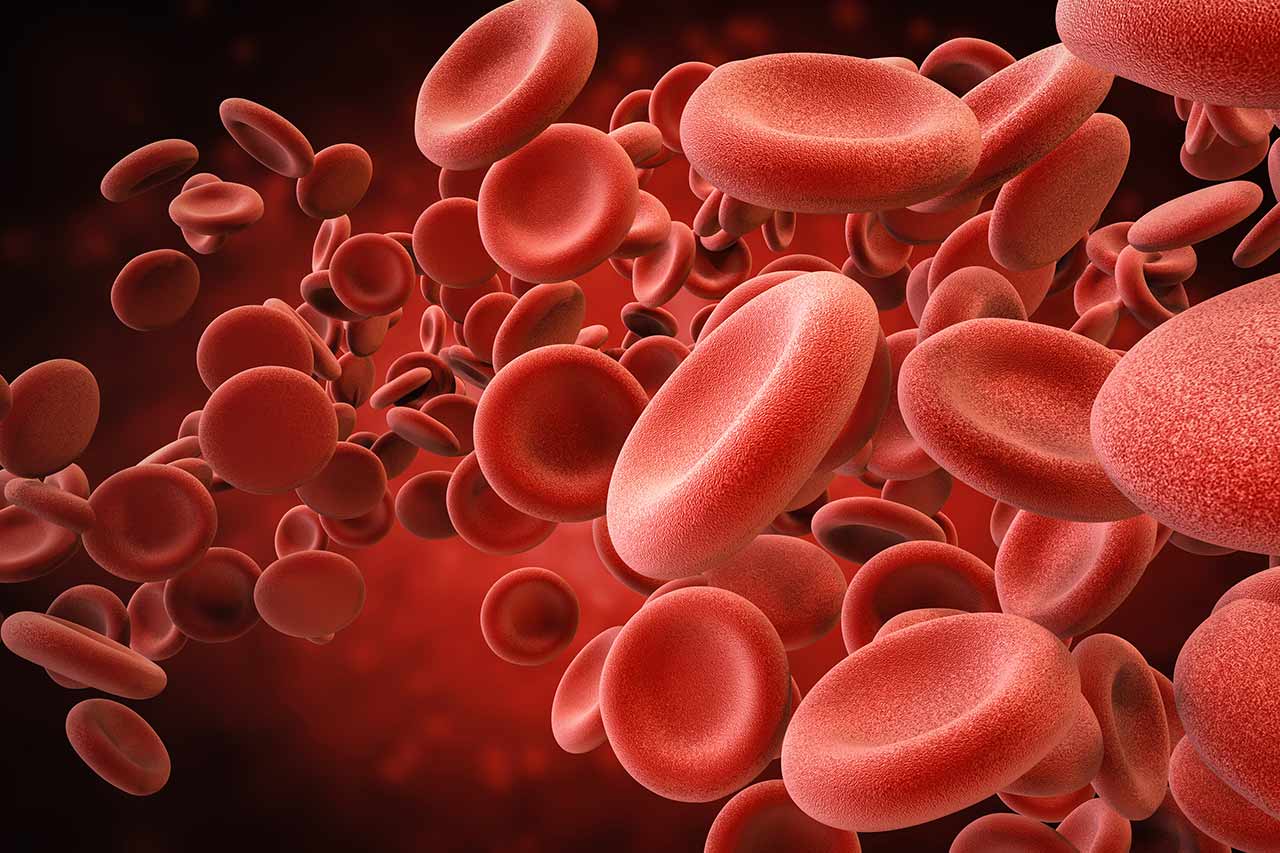Maturation of Liquid Biopsy as a tool to optimize cancer treatment

Alcimed, an innovation & new business consulting firm, has explored the trends in the liquid biopsy field and discusses some of the challenges as players move from the Non-invasive Prenatal Testing (NIPT) market toward further validation in oncology.
Liquid biopsy’s first application was in non-invasive prenatal testing with an explosive market penetration.
Liquid biopsy has tremendous potential to screen, diagnose, monitor many pathologies across a range of fields with high unmet needs, by analyzing rare circulating components such as circulating tumor DNA (ctDNA), or circulating fetal DNA.
So far, liquid biopsy has known a dramatic growth with NIPT, where circulating fetal DNA is analyzed to screen for Down Syndrome in high-risk pregnancies, with 1M tests sold in 2015, just 4 years after reaching the market. However, possibilities for growth are quickly drying up in this market, with strong competition from established giants driving prices down significantly.
Liquid biopsy is moving toward maturation through the use of ctDNA to choose a treatment pathway in Oncology, with major ongoing trials using ctDNA for theranostics or recurrence monitoring.
This is why the strategy of most players in the liquid biopsy field is now focused on targeting high-risk populations in Oncology, where testing, screening and monitoring could be a $20B+ market, 10 times superior to NIPT in the next five years. ctDNA testing enables the identification of the tumor burden, the characterization of the genetic make-up of the tumor to track the rise of resistance or the response to existing therapies. Liquid biopsy could be key to a strong personalized medicine approach in Oncology.
While some of these applications have been considered for a decade, we are only now seeing their use in pivotal trials instead of exploratory studies, with the possibility to reach the broader patient population in the next few years. In particular, many ctDNA-based deals between major Oncology players and Liquid Biopsy pioneers such as Roche’s acquisition of Foundation Medicine and Guardant’s deal with Pfizer are driving a major shift with the use of ctDNA analysis to guide treatment decision and to specifically screen patients for inclusion. ctDNA analysis is also featured in important trials to treat patients earlier and monitor the rise of recurrence after surgical removal of the tumor.
The need for FDA approval for reimbursement by Medicare and Medicaid and the lead that top players have in gathering patient data represent high barriers of entry for small players.
Major challenges are still looming over the field, which will require significant efforts to address. First, the high price of ctDNA assays ($5000 for some) are forcing key players like Foundation Medicine, Guardant, Natera and others to reach for FDA approval, which is required for reimbursement by Medicare and Medicaid. Only one test (EGFRv2 Roche Cobas in 2014) has been approved so far through the long application process, which was not required for the NIPT market.
Moreover, the oncology market is already dominated by a few large early players, with a very significant lead in gathering patient data that can be used to improve the analysis. For example, Guardant’s 80,000-patient database enabled them to refine their ctDNA analysis and identify new targets to make their liquid biopsy better detect early cancer. As these tools are validated with significant clinical data, it becomes harder for new entrants to get access to patients and have the opportunity to shape the market.
For small liquid biopsy players, Alcimed expects to see differentiation through collaboration with rising biotechs developing very innovative therapies against cancer instead of the major Oncology players (for example, Natera is collaborating with AMAL Therapeutics to use its ctDNA test Signatera to track the efficacy of AMAL’s colorectal cancer vaccine).
Beyond ctDNA breakthrough in Oncology, next generation technologies based on miRNA and exosomes have an extraordinary potential in the next ten years in diagnosing and treating other pathologies.
Do you have an exploration project?
Our explorers are ready to discuss it with you